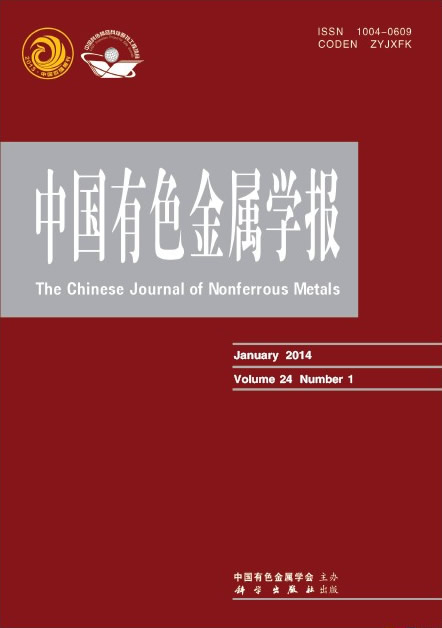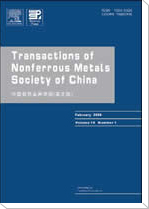中国有色金属学报(英文版)
Transactions of Nonferrous Metals Society of China
| Vol. 20 No. 5 May 2010 |
undergoing commercial production
(1. School of Materials Science and Engineering, Central South University, Changsha 410083, China;
2. Technical Center, Southwest Aluminum (Group) Corporation Limited, Chongqing 401326, China;
3. ARC Centre of Excellence for Design in Light Metals, Monash University, Clayton 3800, Australia)
Abstract:Microstructures of three kinds of typical product states for commercially fabricated alloy 2195 were observed. It is found that the hot-rolled plate is characterized by a fibrous structure containing fine, polygonized substructures; and the cold-rolled sheet was characterized by a “pan-caked” grain structure containing high density dislocation cells. The product under near peak-aging temper is proved to contain a large amount of dispersive, plate-shaped T1(Al2CuLi) precipitates, together with a small fraction of θ′(Al2Cu) plates, exhibiting a desirable combination of mechanical properties. Analyses using scanning electron microscopy reveal that many coarse, irregular-shaped Al7Cu2Fe constituent particles exist in all product states, which indicates that intermediate heat treatments have little influence on this iron-caused, detrimental phase. The formation and evolution of microstructures for different product states of alloy 2195 were discussed in view point of the commercial production condition.
Key words: Al-Li alloy; commercial production; microstructure evolution; rolling; heat treatment


